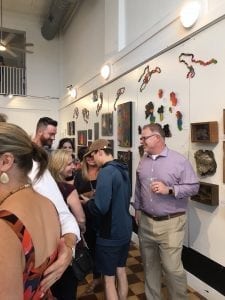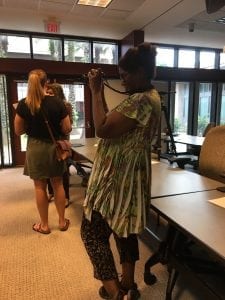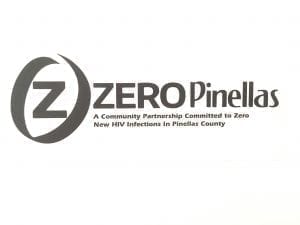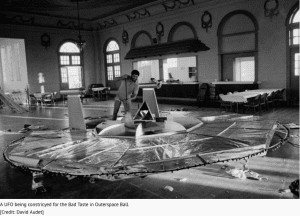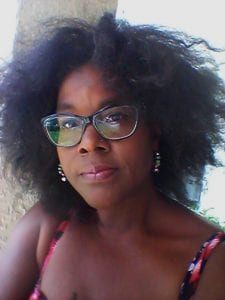All grants are not created equal
Money For Nothing…
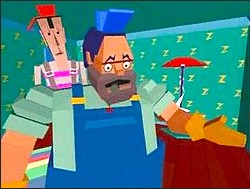 There are many grants available to match any number of needs. While finding the right one is key, it is a good idea to cast a net around to as many possibilities as you can find. Don’t get your heart set on an NEA grant, an Andy Warhol grant, or the Ford Foundation. Be resourceful, persistent, and realistic.
There are many grants available to match any number of needs. While finding the right one is key, it is a good idea to cast a net around to as many possibilities as you can find. Don’t get your heart set on an NEA grant, an Andy Warhol grant, or the Ford Foundation. Be resourceful, persistent, and realistic.
First, what are your needs?
Is your organization trying to receive a grant for operating or administrative costs to run the organization?
Or is there need based on circumstances, such as a catastrophic situation after a natural disaster, help for poor or homeless individuals, for those whose health has taken a bad turn? You may need short term or long term support.
Or do you want to do a specific project and want the granting agency to fund it?
Or as an artist or a scholar, do you need a stipend?
To find a foundation that might fund your project, your organization, or you,  the first thing to do is research foundations.
the first thing to do is research foundations.
You can go to the Foundation Directory and pick a few foundations by searching key words. You will probably be overwhelmed by the choices. I would advise instead that you ask friends in your field which grants they have received. Then apply for those. Or look at similar projects as yours to see which grants those projects were awarded. Look at local community foundations, as well.
Once you’ve found a few granting agencies that seem to fit your needs, find out what they generally fund, and how much they fund. Check into whether they will fund an individual (most will not) or if they want your organization to be a nonprofit, or organized as a corporation or LLC. If you don’t have that type of organization, then you might want to find a partner with which to apply.
Once you’ve determined whether you are eligible, then find out what the granting organizations want by reading their grant guidelines. Guidelines are generally found online along with grant applications.
Another good idea is to read the year-end report, which is also often available online. In the year-end report, there is usually a list of organizations or projects they have funded that year, and how much they gave. You can see their priorities.
When I find a granting organization that I think fits my goals, the first thing I do is look at their deadlines, at what they are asking me to give to them, and whether I think I can hit their deadline. Take the shotgun approach and find a few that might work for you and your project. Write their deadlines on your calendar. Some will list an actual time of day for the deadline. If you are even a minute late, you can be closed our of their application process.
 About ten years ago, it was routine to have a postmarked deadline. I would trudge to the post office to mail my 40-page proposal, along with ten copies for the grant reviewers. As a filmmaker, I would often have to provide ten dvds or tapes of a sample of a previous work, or a work-in-progress. I’m glad those days are over. Nowadays grant applications are submitted online and links are provided for the grant reviewer to access your sample works.
About ten years ago, it was routine to have a postmarked deadline. I would trudge to the post office to mail my 40-page proposal, along with ten copies for the grant reviewers. As a filmmaker, I would often have to provide ten dvds or tapes of a sample of a previous work, or a work-in-progress. I’m glad those days are over. Nowadays grant applications are submitted online and links are provided for the grant reviewer to access your sample works.
Some organizations will ask you to first contact them by phone to see if you fit their guidelines. Or they may want you to send a short Letter of Intent. It is best for you to make that phone call, send that email or LOI, instead of spending a week on a proposal to find you are not eligible to apply.
If you want to do some sleuthing into government grants, here is a good link: What Is A Grant?
Next, I’ll discuss what to do after you have identified a target to ask for funding. Stay tuned.

